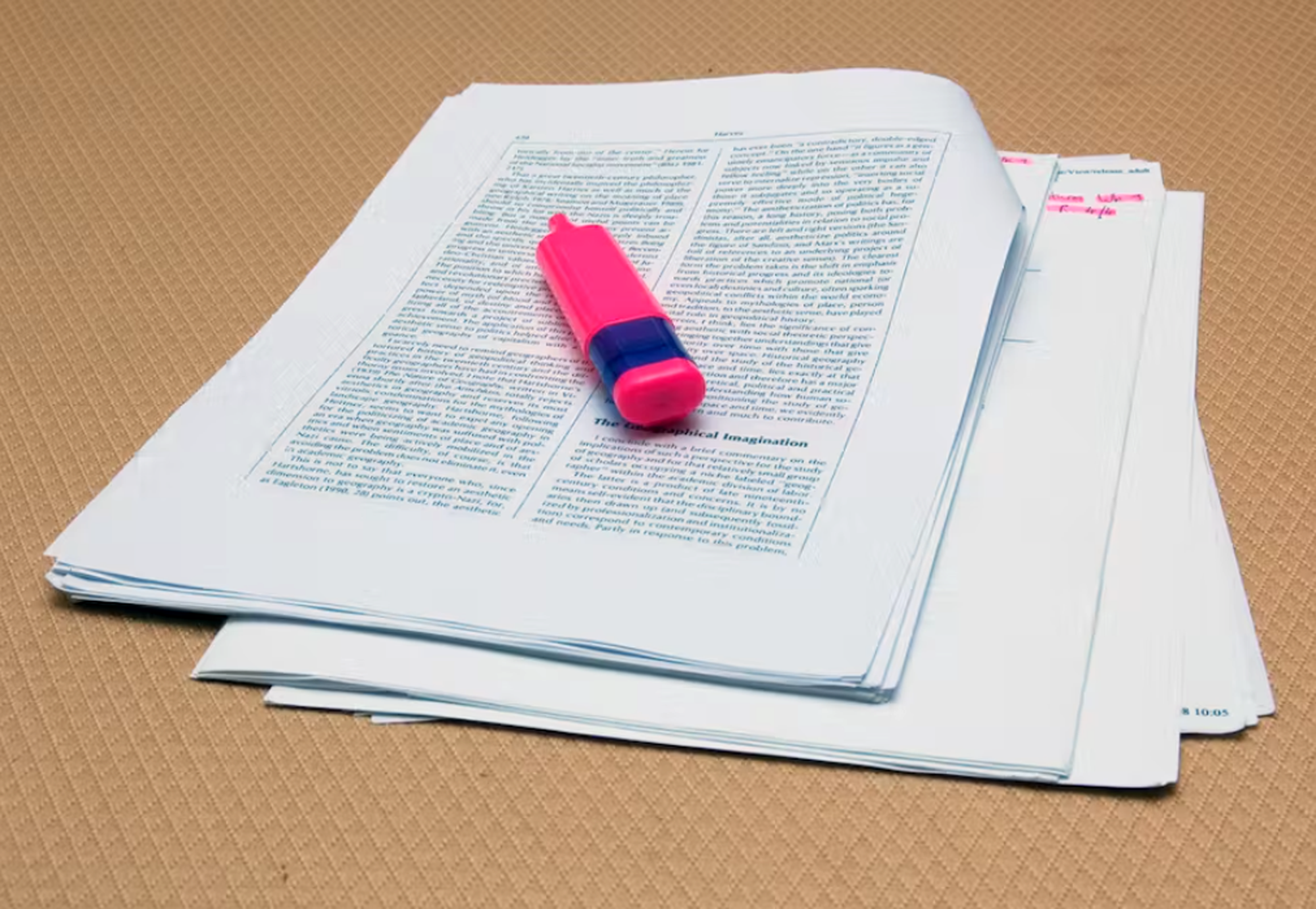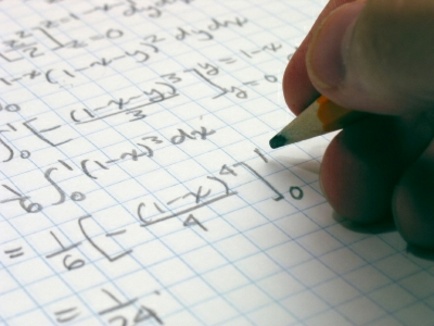Blogging will be non-existent for three days, and please do not expect me to answer your comments in the various threads -I am going to be on a ship carrying me to Greece, and, God bless it, there is no Internet!
I am happy to read from a message by our publication board chair that CMS has reached the important goal of publishing 100 scientific papers. The majority of these are analyses of collision data (75); 24 more are from studies performed on the three billion cosmic-ray events taken during commissioning; and one is the CMS detector paper description.
I thought I'd share this news with you... I think this is a good start, but of course I expect we will soon reach 1000 papers. It should take us of the order of 10 years.
Another thought is that, CMS being a collaboration of O(3000) scientists, each of us can claim a share of 0.03 papers so far... A sobering thought!
I like to think at this blog as a place where both full outsiders and highly knowledgeable insiders coexist and exchange information. I know I often err on the side of producing posts which are unintelligible to most outsiders, but at least you have to acknowledge that I try hard to make my pieces at least accessible in their introductory part. Anyway, this is a preamble to say that today I am happy to be able to post a quite nice analogy for outsiders, one which will hopefully explain why we high-energy experimentalists are equally thrilled at the prospects of finding a Higgs boson, or not finding one!
Do you remember the
dijet mass bump found by CDF in W plus jets events ?
That signal, whose significance exceeded four standard deviations, had everybody around
go crazy for a while.
As a 20-year-long (ok well, 19) member of the CDF collaboration, I am very proud of this wonderful experiments' accomplishments in all areas of high-energy physics, from exotic searches to Higgs searches, from top quark measurements to b-physics measurements, and what not. CDF is a landmark in experimental physics, and the longest-lasting physics experiment ever. But it is not foulproof - nobody is in this wild world of statistical flukes and impossible-to-unearth systematic effects.
 On A Roll
On A Roll When The Attack Plays Itself
When The Attack Plays Itself Toponium Found By CMS!
Toponium Found By CMS! The Problem With Peer Review
The Problem With Peer Review







